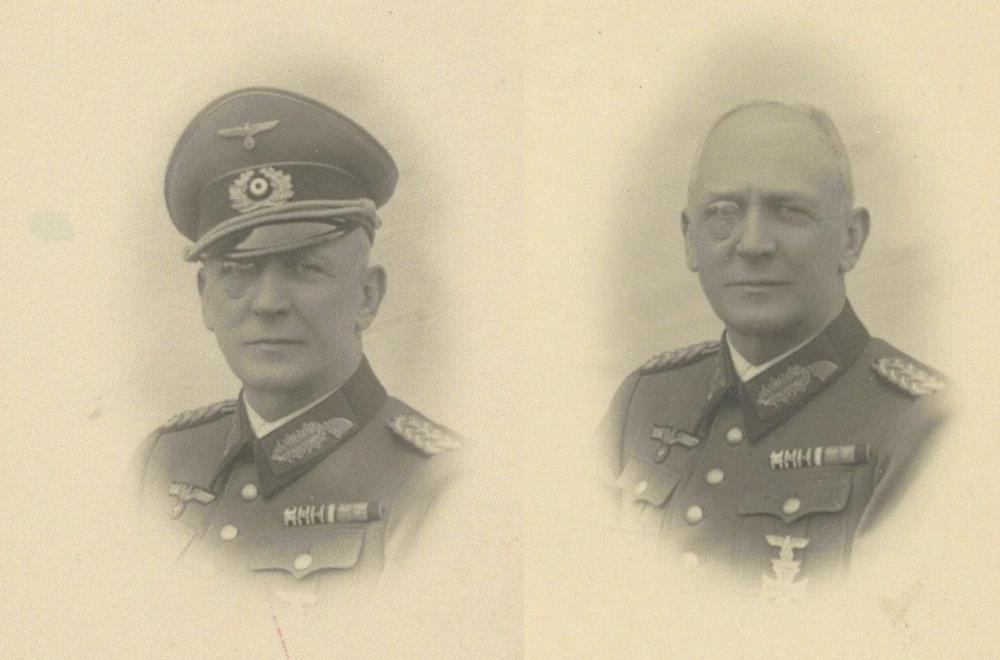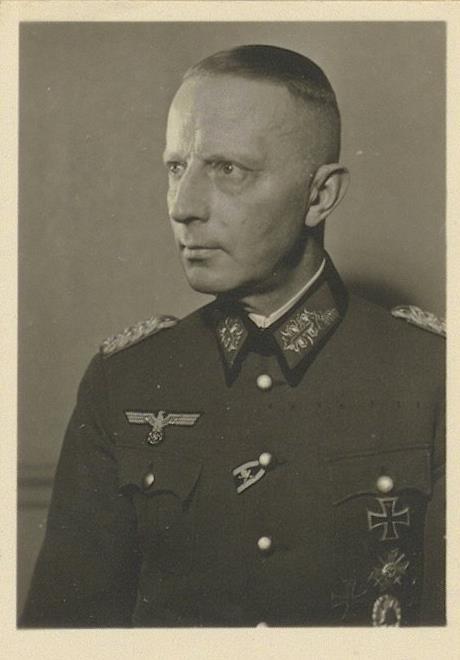-
Posts
4,908 -
Joined
-
Last visited
-
Days Won
97
Content Type
Profiles
Forums
Blogs
Gallery
Events
Store
Everything posted by Dave Danner
-
The Rufname of Hauptmann Grebel from IR 84 was Otto: Grebel, Moritz Franz Otto *13.7.1876 in Berlin There is a family tree on Ancestry which gives his date and place of death as †26.7.1951 in Bonn, but does not identify its sources. Grebel is also listed as an Oberst a.D., so if the information is correct, he may have been a z.V. officer in World War 2. Grebel commanded the I. Bataillon of RIR 90 at Verdun; besides the HOH3X he also had the MMV1&2.
-
Just another ribbon bar example - Generalmajor Walther Hoßfeld. Two things of note, though. First is another example of period mistakes in wear. The ÖM3K is treated as a foreign decoration and placed last after the Schutzwallehrenzeichen, when by then-current regulations it should have been treated as a Landesorden and placed with the other German state awards. And the HOH3X, as a Landesorden, should come after the Ostmedaille. Second is the presence of the exceedingly rare Silberne Spange to the Großherzoglich Hessisches Allgemeines Ehrenzeichen "Für Tapferkeit".
-
• 21.12.1914 1914 Eisernes Kreuz 2. Klasse • 02.02.1915 Großherzoglich Badischer Orden vom Zähringer Löwen, Ritterkreuz 2. Klasse mit Schwertern • 26.01.1918 1914 Eisernes Kreuz 1. Klasse • 03.07.1915 Königlich Sächsischer Albrechts-Orden, Ritterkreuz 2. Klasse mit Schwertern • 27.01.1916 Königlich Sächsischer Verdienst-Orden, Ritterkreuz 2. Klasse mit Schwertern • 20.09.1918 Allerhöchster Anerkennungsurkunde S.M. des Königs von Sachsen • 14.01.1935 Ehrenkreuz für Frontkämpfer • 02.10.1936 Wehrmacht (Heer) Dienstauszeichnung 4. bis 1. Klasse • 30.01.1941 Kriegsverdienstkreuz 2. Klasse mit Schwertern • 30.08.1942 Medaille "Winterschlacht im Osten 1941/42" • 01.09.1943 Kriegsverdienstkreuz 1. Klasse mit Schwertern • 18.03.1943 1939 Spange zum Eisernen Kreuze 2. Klasse
-
I hid the standing desk post as it appears to be spam. The bar is post-1916. as the König-Ludwig-Kreuz was first awarded that year. I agree that the lack of an Iron Cross is an issue if it were a WW1-combatant bar. It is most likely a retired officer who was an 1870-71 veteran recalled for service in the Heimat in WW1. Possible service in the 21.IR and/or 8.IR to explain the Mecklenburg and Baden orders. The Großherzog of Baden became Chef of 8.IR in 1896. It's possible the MVO ribbon is wrong, and should be the peacetime version.
-
Hahn is a rather common name. No reason to believe any of them are related. Also, the 5th ribbon is not the Albrechts-Orden. Johannes Hahn was a Leutnant in IR 103, whose Chef was Großherzog Friedrich II. He received the Ritterkreuz 2. Klasse mit Schwertern of the Großherzoglich Badischer Orden vom Zähringer Löwen on 2.2.1915. For the Landesorden, the ribbon bar precedence appears to be by award date, with the SA3bX followed by the BZ3bX and the SV3bX.
-
Kurt von Obernitz was an E-Offizier. He was an Oberst (E) and Kommandeur WBK Eberswalde in the 12.10.1937 Stellenbesetzung, but is not in the 10.11.1938 Stellenbesetzung, so he was probably retired on age grounds (he turned 60 in 1938). Judging by the KVK ribbon, he was recalled in WW2, probably as an Oberst z.V. The only oddity in the photo is that his Feldspange is missing the ÖM3K.
-
It depends on his career path and education. Typically, a university student would do his Einjährig-Freiwilliger year after the first few semesters of educations, so age 22 would fit. So he could have been an Einjährig-Freiwilliger in 1911-12, then after his annual exercises been commissioned in 1914 or so. Glenn might be able to find his promotion date, since he's more familiar with the Militär-Wochenblatt.
-
The Kurt Albrecht born in 1889 in Dahme was wounded as a Lt.d.R. in IR 19 in early 1915. The third ribbon is the Austro-Hungarian Militärverdienstkreuz 3. Klasse mit der Kriegsdekoration 3. Klasse, which he received as a Lt.d.R. in IR 329. The second ribbon might be Hessen or Oldenburg. The colors of the ribbons tend to wash out in black & white photos.
-
Hugo Hermann Schilling *29.3.1884 in Bergstedt, Kreis Stormarn Stand: Amtsgerichtsaktuar, corrected to Amtsgerichssekretär Religion: evangelisch He was single (ledig), later changed to married Entered service on 1.4.1907 as an Einjährig-Freiwilliger in the 3. Kompanie of the I. Seebataillon. Prussian Verdienstkreuz für Kriegshilfe awarded on 20.12.1917. The cover has him as an Unteroffizier, changed to Feldwebel.
-

Please help to read the name
Dave Danner replied to Destruction's topic in Deutsche Kaiserreich: Man spricht Denglish
Award document of the Ehrenkreuz für Frontkämpfer to a Schriftleiter named Paul Vincenz Georg Karl Cotta. According to the Hannover marriage register, he was married on 29 March 1930 to Ursula Kaiser, so he may be a relative of the person your group was to, assuming it is Kaiser rather than Keiser. -

Landwehr -Infanterie-Regiment Nr. 38
Dave Danner replied to Hamburger's topic in Deutsche Kaiserreich: Man spricht Denglish
What kind of information were you hoping to find? LIR 38 was a Silesian regiment. Its Stab, I. Bataillon and II. Bataillon were raised in Schweidnitz by Grenadier-Regiment Nr. 10 and its III. Bataillon was raised in Glatz by Füsilier-Regiment Nr. 38. It was part of the 21. Landwehr-Brigade for most of the war, and the 39. Kavallerie-Brigade of the 4. Kavallerie-Division from mid-1918 to the end of the war. It was demobilized and dissolved in December 1918. Veterans were part of the Zehnter-Bund, along with GR 10, RIR 10, RIR 11, LIR 10, IR 456, Brig.Ers.Btl. 21, MG-Scharfsch.Abt. 19 and Ldst.Inf.Btl. Schweidnitz. Because of the GR 10 connection, members of the regiment received a few Sachsen-Meiningen awards, but not many: a few Ernestine Hausorden of various classes, 6 Ehrenkreuze für Verdienst im Kriege, less than 20 Ehrenmedaillen für Verdienst im Kriege. Otherwise, members of the regiment don't show up on many Landesorden award rolls.


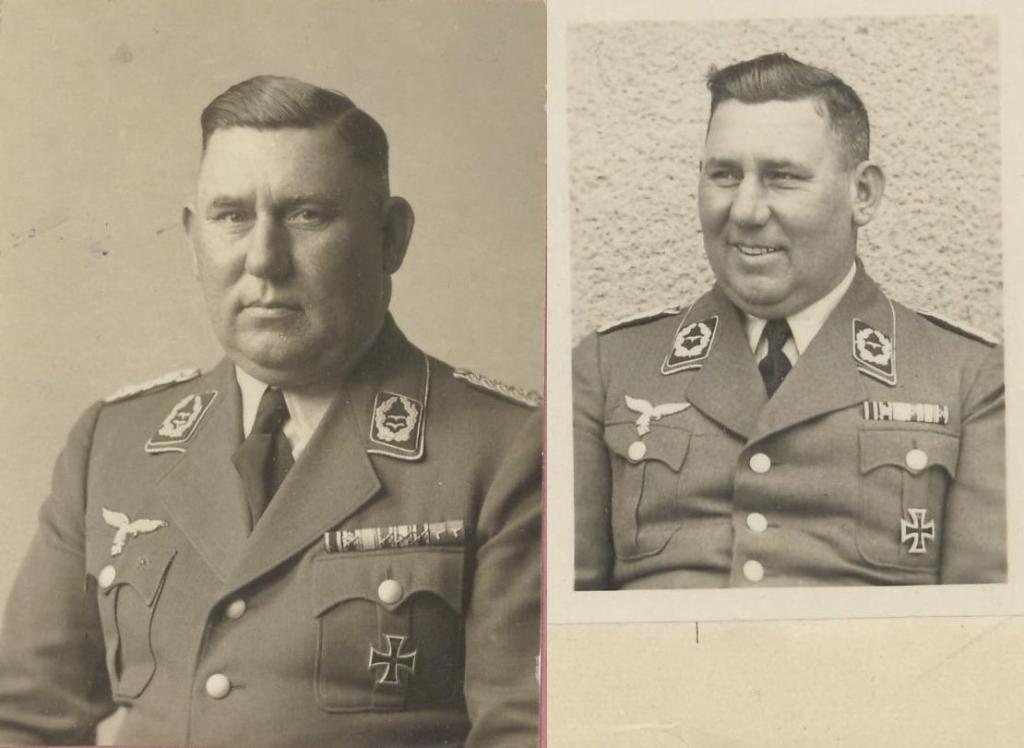
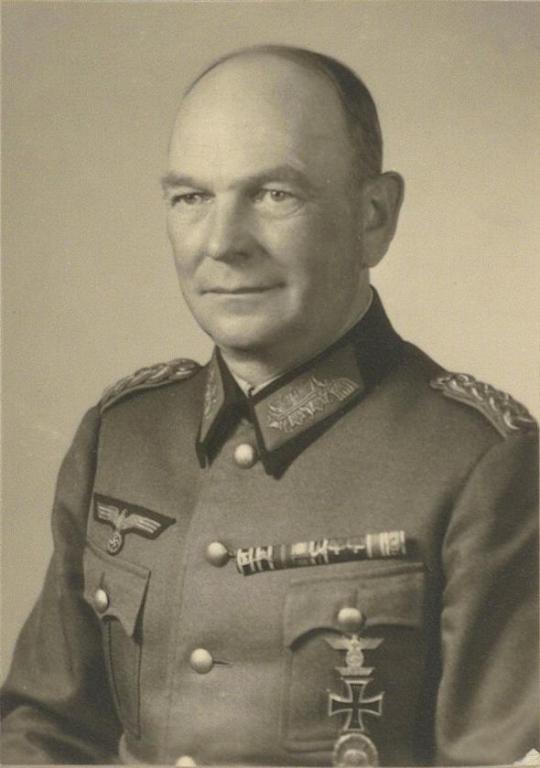
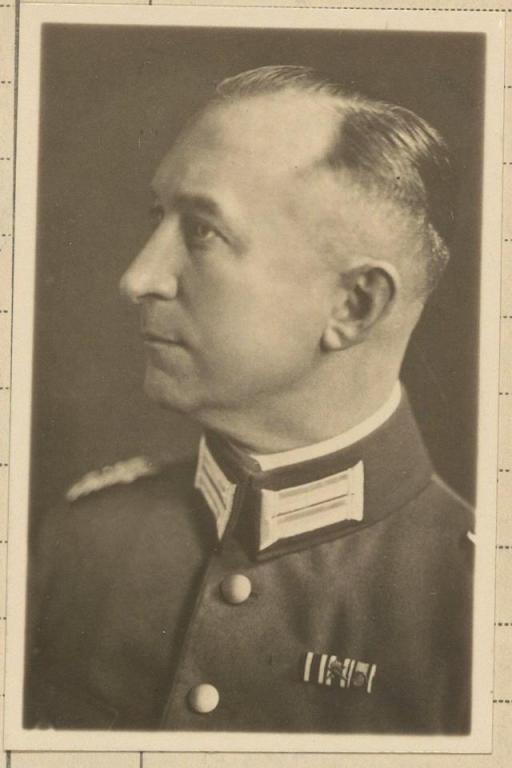
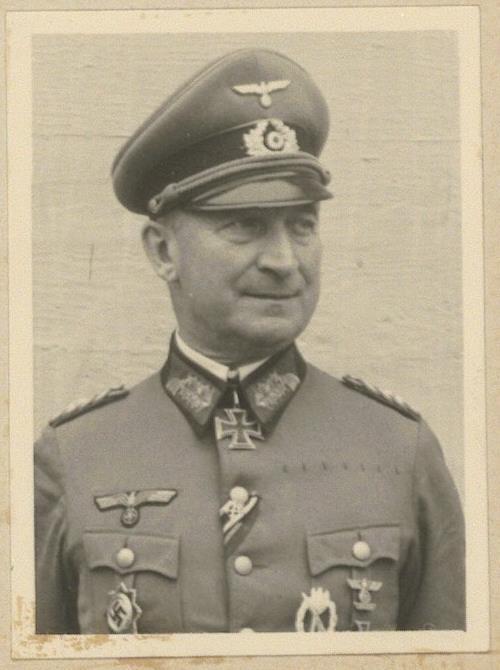

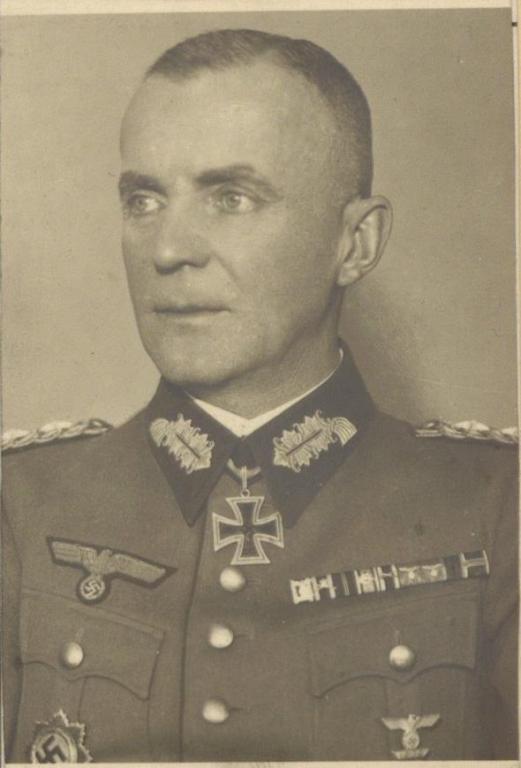
.thumb.jpg.449ec87fefe4d03131ff42a56a3878ec.jpg)
